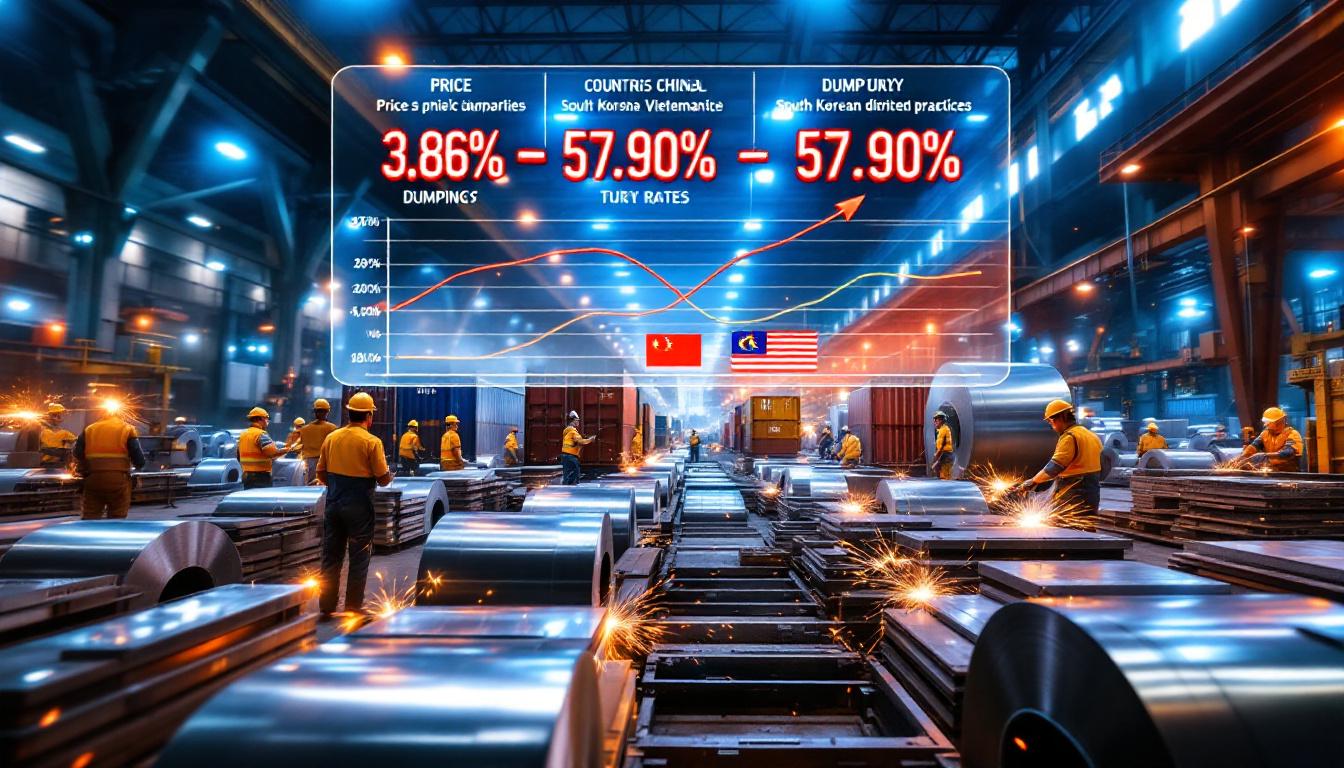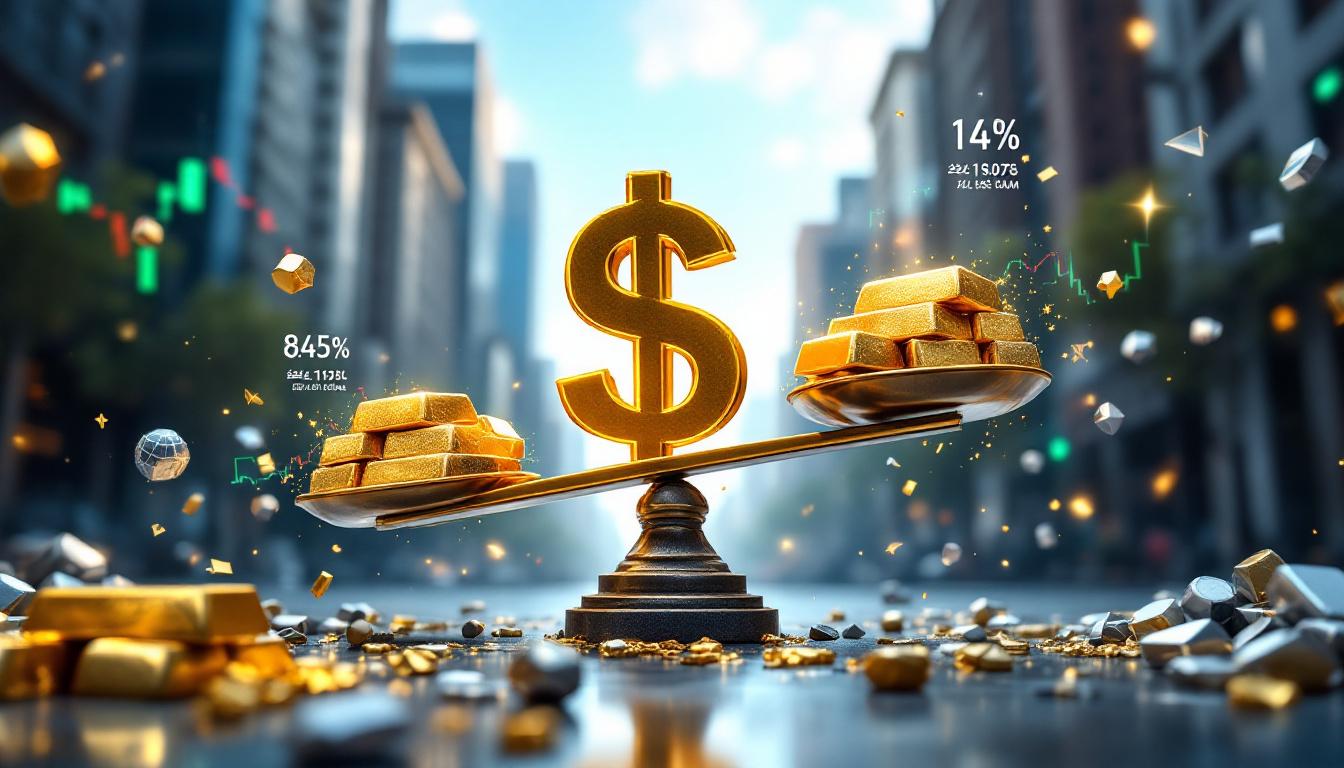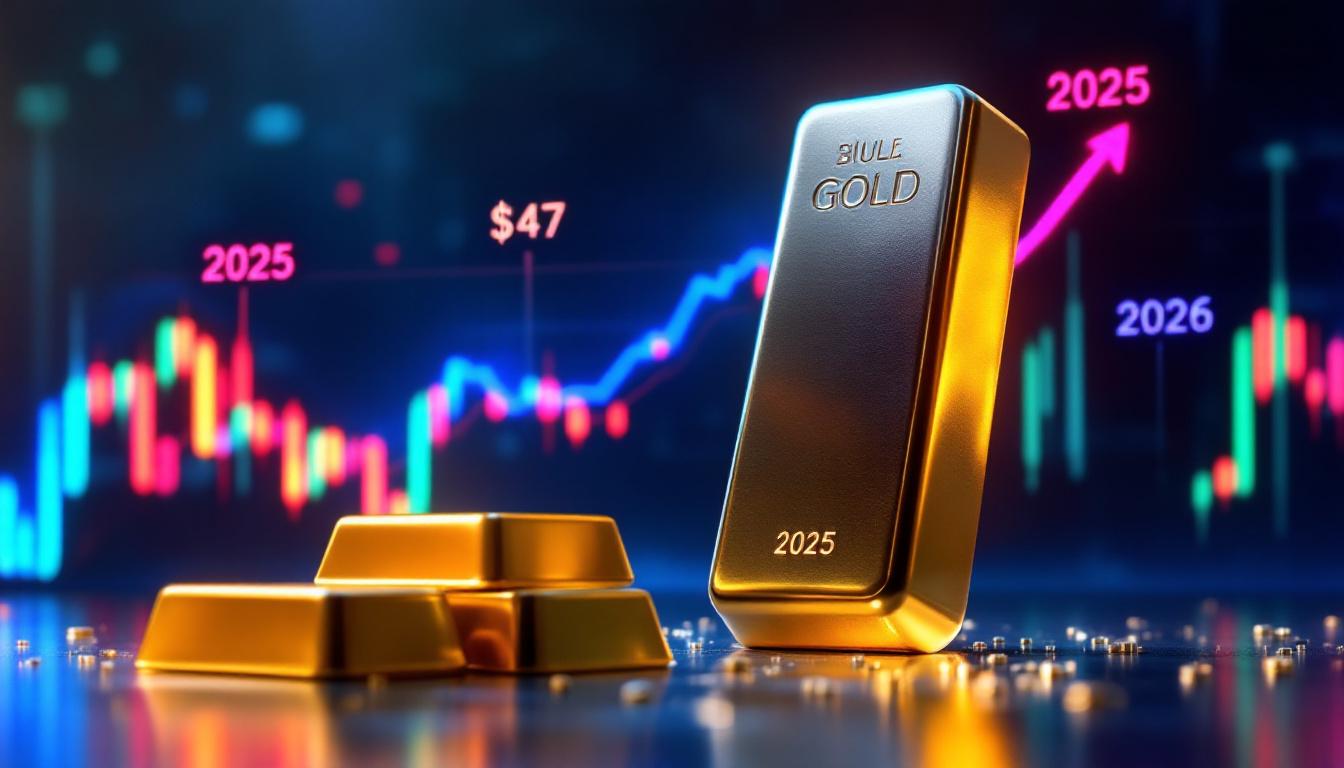Understanding Short Squeezes in Financial Markets
What Exactly Is a Short Squeeze?
A short squeeze occurs when an asset's price rises rapidly, forcing traders who bet against it (short sellers) to buy the asset to cover their positions. This buying pressure further drives up prices, creating a cyclical pattern that accelerates the asset's rise in value. Short traders can lose significant amounts of money during these events, as stocks have a floor ($0) but no definitive ceiling for potential losses.
Unlike equities, silver doesn't experience quarterly earnings reports or other regular catalysts that typically trigger short squeezes in equity markets, making genuine silver short squeezes relatively rare occurrences.
How Short Selling Works
Short selling involves betting that an asset will decrease in value over time. Traders who are "long" own an asset hoping its value will increase, while those who are "short" are betting on price depreciation. When a stock they've shorted suddenly increases in value, short sellers face mounting losses, often forcing them to exit their positions by buying the asset they were betting against.
For silver, short positions are often held by institutional traders hedging against price volatility or speculating on macroeconomic trends. Understanding market dynamics insights is essential when analyzing these complex financial movements.
Silver Short Squeezes Explained
What Makes a Silver Short Squeeze Different?
A silver short squeeze specifically refers to when silver prices rise dramatically enough to force short sellers to cover their positions by purchasing silver, further driving up prices. The global silver market is highly liquid, with annual mine production exceeding 800 million ounces, and industrial applications (electronics, solar panels) account for 50% of demand.
This market structure stabilizes prices, making extreme volatility less common. Moreover, silver's trading occurs across physical markets, futures exchanges, and ETFs, diluting the impact of localized buying pressure.
Key Catalysts for Silver Price Spikes
Silver prices can be influenced by several factors that might trigger a short squeeze:
-
Supply disruptions: Mine closures or labor strikes, such as the 2020 reductions in Mexican production due to COVID-19.
-
Surges in safe-haven demand: Economic uncertainty drives investors toward precious metals, as seen during the 2008 financial crisis.
-
Sudden increases in industrial demand: Particularly from emerging technologies.
-
Coordinated retail buying: The 2021 Reddit-driven rally demonstrated the challenges of mobilizing retail investors in a $30 billion market.
-
Disruptions to global silver supply chains: Events affecting major producing regions.
Historical Silver Short Squeeze Examples
The Hunt Brothers Squeeze (1979-1980)
The most notable silver short squeeze in history occurred when the Hunt brothers accumulated over 200 million ounces of silver, driving prices from $6/oz to an all-time high of $49.95 per ounce. This represented a staggering 700% increase during their accumulation phase.
Key statistics include:
- The Hunt Brothers controlled approximately one-third of the global silver supply
- The squeeze ended on "Silver Thursday" (March 27, 1980) when silver lost over 50% of its value in a single day
- The Hunt brothers ultimately faced $1.7 billion in debt and regulatory penalties when new market rules prevented them from continuing to purchase silver futures
The 2021 Reddit-Driven Attempt
In early 2021, following the GameStop short squeeze, retail investors on Reddit attempted to orchestrate a similar event in the silver market:
- The iShares Silver Trust (SLV) rose to a nine-year high by the end of January 2021
- Silver gained nearly 11% on the London metals exchange by early February
- Despite significant attention, the price movement wasn't dramatic enough to trigger a true short squeeze
- The effort demonstrated the difficulty in squeezing a market as large and liquid as silver
How Do Short Squeezes Compare Across Markets?
Stock Market Short Squeezes
Short squeezes in equity markets tend to be more common and dramatic than in precious metals:
GameStop Short Squeeze (2021)
- Stock price soared from $18 to $483 USD in January 2021
- Represented a 2,500%+ increase from previous trading levels
- Institutional traders like Melvin Capital lost $6 billion covering positions
- The event became a cultural phenomenon that inspired a movie
Nickel Short Squeeze (2022)
- Triggered by Russia's invasion of Ukraine and subsequent supply concerns
- Prices doubled in days, creating market chaos
- The London Metal Exchange (LME) controversially canceled $12 billion in trades
- Demonstrated how geopolitical events can trigger unexpected market movements
Why Silver Short Squeezes Are More Difficult
Silver short squeezes face several unique challenges:
- Market liquidity: Silver's daily trading volume exceeds $3 billion, absorbing retail-driven volatility
- Industrial demand stability: Unlike meme stocks, 50% of silver demand is non-speculative
- Regulatory oversight: The CFTC monitors futures positions, and exchanges impose position limits
- Multiple trading venues and physical markets make coordinated squeezes difficult
Is a Silver Short Squeeze Currently Happening?
Current Market Assessment
Despite occasional claims from bullish analysts, there is little evidence suggesting an active silver short squeeze in the current market as of 2025. Prices remain range-bound between $25-$30/oz, with COMEX futures open interest stable at 150,000 contracts.
For a genuine silver short squeeze to occur, prices would need to climb quickly and considerably beyond the typical market movements we've observed. Even the 11% price increase during the 2021 Reddit-driven attempt proved insufficient to trigger a true squeeze. Those interested in understanding this further might consider exploring the investing vs speculating dynamics that drive market behavior.
Key Indicators to Watch
Investors monitoring potential short squeeze conditions should watch for:
- Physical premiums: Sustained premiums over spot prices (20%+) may signal supply tightness
- Futures backwardation: When near-term contracts trade above long-dated ones
- Unusual trading volumes in silver futures markets
- Significant premiums on physical silver over spot prices
- Delivery delays or shortages at major dealers
- Dramatic increases in short interest positions
- Unusual spread between paper and physical silver prices
The Legality of Short Squeezes
When Are Short Squeezes Illegal?
A silver short squeeze is only illegal if it results from deliberate market manipulation, which violates securities laws. The Hunt brothers were fined for market manipulation, while the 2021 GameStop rally was deemed legal despite its disruptive impact.
Natural market movements that create short squeeze conditions are perfectly legal.
Regulatory Oversight
Market regulators closely monitor unusual price movements in commodities:
- The Commodity Futures Trading Commission (CFTC) oversees silver futures markets
- CFTC Position Limits restrict the number of contracts a trader can hold
- Exchanges may implement position limits during volatile periods
- Circuit breakers and trading halts can be triggered during extreme price movements
Preparing Your Investment Strategy
How Investors Can Position Themselves
For those interested in silver investments, regardless of short squeeze potential:
- Physical silver: Direct ownership via coins (American Silver Eagles, Canadian Maple Leafs) or bars avoids counterparty risk
- Diversification: Allocate 5-10% to precious metals, balancing ETFs (SLV) and mining stocks
- Premium awareness: Monitor dealer premiums, which average 8-12% over spot for bullion coins
- Understanding premiums over spot price is crucial when purchasing physical silver
Consider exploring a beginner's guide to mining stocks for alternative ways to gain exposure to the silver market.
Risk Management Considerations
When investing in silver with short squeeze potential in mind:
- Dollar-cost averaging: Mitigate timing risks by purchasing fixed amounts monthly
- Avoid leverage: Futures and options amplify losses during volatility
- Avoid overleveraging based on short squeeze speculation
- Be prepared for potential price volatility in both directions
- Maintain realistic expectations about the likelihood of dramatic price movements
Frequently Asked Questions About Silver Short Squeezes
What conditions are necessary for a silver short squeeze?
A silver short squeeze requires a confluence of high short interest (20%+ of open interest), supply shocks, and coordinated buying across physical and paper markets. Historic precedents show such conditions are rare.
How does physical silver purchasing affect a potential short squeeze?
Physical silver purchasing removes metal from the available market supply, potentially creating tightness that could contribute to a squeeze. However, the silver market is large enough that retail buying alone is unlikely to trigger a squeeze without institutional participation.
Can individual investors influence a silver short squeeze?
While the 2021 attempt demonstrated retail's growing role, silver's market size ($30B+) requires institutional participation to sustain momentum. Coordinated retail buying can impact silver prices temporarily, but individual investors typically lack the capital required to create a sustained short squeeze. For those interested in precious metals investments, looking into gold ETF strategies can provide complementary options.
How do paper silver markets relate to physical silver in a short squeeze?
During a genuine silver short squeeze, a disconnection often develops between paper silver (futures contracts) and physical silver prices. This "premium spread" can be one of the most reliable indicators that a true squeeze is occurring.
"A silver short squeeze is far less common than some bullish investors would lead you to believe. Silver remains a commonly shorted asset, and efforts in recent years to deliberately trigger a short squeeze in the silver market have been largely unsuccessful." – Michael Roets, Hero Bullion
Understanding Silver Market Fundamentals
Silver's Dual Nature as Both Industrial Metal and Investment
Silver's unique position as both an industrial commodity and investment asset affects how short squeezes might develop:
- Approximately 50% of silver demand comes from industrial applications
- Photovoltaic demand is projected to grow 8% annually through 2030
- Investment demand fluctuates more dramatically based on market sentiment
- This dual demand structure creates different dynamics than purely speculative assets
The evolution of investment approaches, including systematic investing trends, has changed how investors interact with commodity markets like silver.
Supply Constraints and Mining Production
The physical limitations of silver production create potential squeeze conditions:
- Global silver mine production is approximately 800 million ounces annually
- Primary silver mines represent only about 25% of total production
- The majority of silver is produced as a byproduct of zinc, lead, and copper mining
- This dependency limits production flexibility during demand spikes
- These supply constraints mean production cannot quickly increase to meet sudden demand spikes
Want to Spot the Next Major Mineral Discovery?
Gain immediate alerts on significant ASX mineral discoveries with Discovery Alert's proprietary Discovery IQ model, turning complex data into actionable investment insights. Explore why historic discoveries can generate substantial returns by visiting Discovery Alert's dedicated discoveries page and begin your 30-day free trial today to position yourself ahead of the market.




